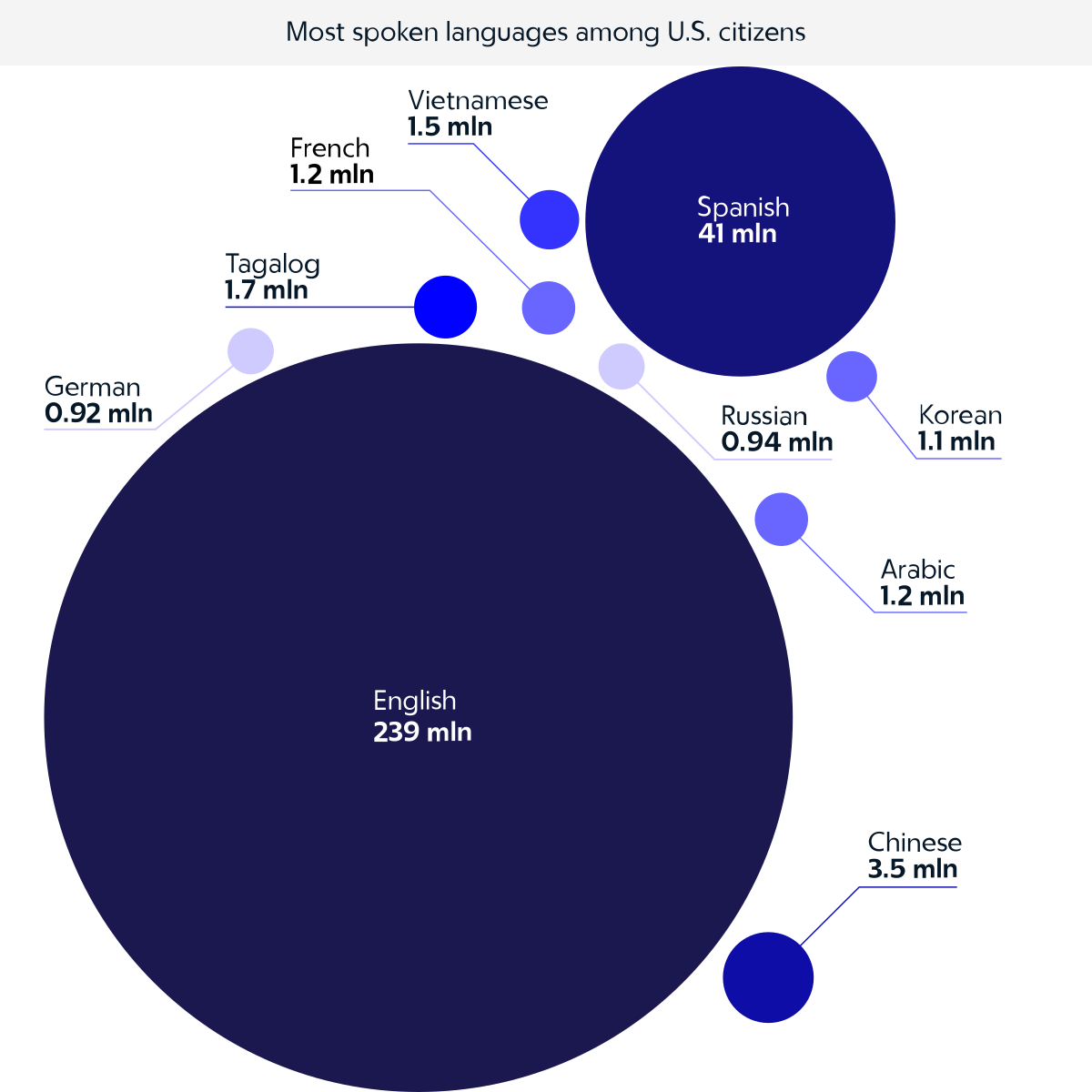Which Language Is Older: English or Spanish?
Languages play a vital role in human communication and cultural exchange. Among the numerous languages spoken worldwide, English and Spanish hold significant prominence. This article aims to explore the origins of these languages and determine which one is older. By examining historical records, linguistic evolution, and cultural influences, we can shed light on the intriguing question: "Which language is older: English or Spanish?"
I. Historical Background:
1. English:
Emergence: English developed from the Germanic language spoken by Anglo-Saxon tribes in England around the 5th century.
Influences: It experienced various influences such as Latin, French, Norse, and Greek due to invasions and interactions with neighboring civilizations.
2. Spanish:
Origins: Spanish, or Castilian, evolved from Vulgar Latin spoken on the Iberian Peninsula during the Roman Empire.
Influences: Arabic, Celtic, and Germanic influences shaped the early stages of Spanish, while later interactions with indigenous American languages added new vocabulary.

Languages of the United States
II. Linguistic Development:
1. English:
Old English: Old English, also known as Anglo-Saxon, was spoken from the 5th to the 11th century. It had a complex inflectional system and was closer to German and Old Norse.
Middle English: Middle English emerged in the 11th century and experienced significant changes due to Norman Conquest. French and Latin vocabulary enriched the language.
2. Spanish:
Old Spanish: Old Spanish, spoken from the 9th to the 15th century, underwent phonetic and grammatical transformations. The influence of Arabic and Mozarabic can be observed in this period.
Middle Spanish: Middle Spanish developed from the 15th to the 17th century and witnessed vocabulary expansion through exploration and colonization of the Americas.
III. Comparison and Cultural Significance:
1. Number of Speakers:
English: Currently, English has over 1.3 billion speakers worldwide, making it one of the most widely spoken languages.
Spanish: Spanish is the second most spoken language globally, with approximately 460 million native speakers.
2. Global Influence:
English: English has become the international language of business, science, and technology, significantly impacting global communication and cultural exchange.
Spanish: Spanish serves as the official language in 21 countries, making it a vital tool for political, economic, and cultural cooperation in the Spanish-speaking world.
3. Literary and Artistic Contributions:
English: English literature boasts renowned authors like William Shakespeare, Geoffrey Chaucer, and Jane Austen, contributing to the world's literary heritage.
Spanish: Spanish literature encompasses influential figures like Miguel de Cervantes, Federico García Lorca, and Gabriel García Márquez, enriching the global literary landscape.

English or Spanish
In conclusion, both English and Spanish have extensive histories and significant cultural influences. While English originated from the Germanic language spoken in England, Spanish evolved from Vulgar Latin spoken on the Iberian Peninsula. While English spread its influence globally and developed into a lingua franca, Spanish serves as a major language in the Spanish-speaking world. Determining which language is older is a complex task, as both have undergone substantial linguistic transformations throughout their respective histories. Nonetheless, both English and Spanish continue to shape the world we live in today, showcasing the power and beauty of language.